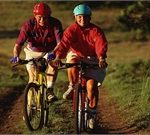
Active older adults — cancer survivors included — are in better physical and mental health than their sedentary peers, a new study finds. More regular moderate to vigorous physical activity and less sedentary time improve the mental and physical health of older cancer survivors and older people without a cancer diagnosis, say researchers from the American Cancer Society. “The findings reinforce the importance of moving more and sitting less for both physical and mental health, no matter your age or history of cancer,” study co-author Dr. Erika Rees-Punia said. “This is especially relevant now as so many of us, particularly cancer survivors, may be staying home to avoid COVID-19 exposure, and may be feeling a little isolated or down,” Rees-Punia added in a cancer society news release. For the study, the research team analyzed aerobic and muscle-strengthening activities, sitting time and mental and physical health of nearly 78,000 people who took part in the society’s Cancer Prevention Study II Nutrition Cohort. The researchers found clinically meaningful differences in mental and physical health between the most and least active, and the least and most sedentary. They say the findings support the importance of regular exercise and less sitting time as a way to improve quality of life for older men and women. The American Cancer Society physical activity guidelines recommend that adults get 150 to 300… read on >










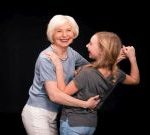
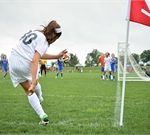

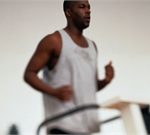
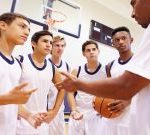
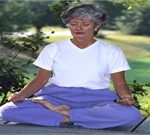
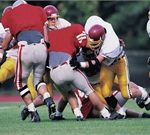
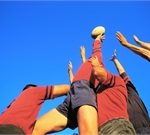
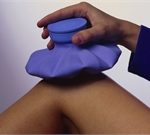





-300x200.jpg)













